Consumer Awareness and Education
Consumer awareness and education regarding electric vehicles and their benefits are increasingly driving the EV Cables Market. As potential buyers become more informed about the advantages of EVs, including lower operating costs and environmental benefits, the demand for associated charging solutions rises. Educational campaigns and outreach programs are helping to demystify EV technology, leading to a more informed consumer base that is likely to invest in EVs and the necessary charging infrastructure. By 2025, it is anticipated that consumer understanding of EV technology will continue to improve, further propelling the demand for EV cables as part of the broader EV ecosystem. This heightened awareness is crucial for the sustained growth of the EV Cables Market.
Rising Electric Vehicle Adoption
The increasing adoption of electric vehicles (EVs) is a primary driver for the EV Cables Market. As consumers and businesses alike shift towards sustainable transportation solutions, the demand for EV charging infrastructure has surged. In 2025, it is estimated that the number of electric vehicles on the road will exceed 30 million, necessitating a robust supply of EV cables to support this growth. This trend is further bolstered by government incentives and policies aimed at reducing carbon emissions, which encourage the purchase of EVs. Consequently, the EV Cables Market is poised for substantial growth as manufacturers strive to meet the rising demand for efficient and reliable charging solutions.
Expansion of Charging Infrastructure
The expansion of charging infrastructure is a vital driver for the EV Cables Market. As more public and private entities invest in charging stations, the demand for EV cables is expected to rise correspondingly. In 2025, the number of public charging stations is projected to reach over 1 million, creating a substantial market for the cables required to connect these stations to the power grid. This growth is supported by partnerships between governments and private companies, which aim to create a comprehensive charging network. The increased availability of charging options not only encourages EV adoption but also stimulates the EV Cables Market, as manufacturers respond to the growing need for reliable and efficient charging solutions.
Government Regulations and Incentives
Government regulations and incentives play a crucial role in shaping the EV Cables Market. Many countries have implemented stringent emissions targets and have introduced financial incentives for EV buyers, which indirectly boosts the demand for EV charging infrastructure. For instance, tax credits and rebates for EV purchases often include provisions for home charging installations, thereby increasing the need for compatible EV cables. As of 2025, various regions are expected to enhance their regulatory frameworks to support the transition to electric mobility, further driving the demand for high-quality EV cables. This regulatory environment creates a favorable landscape for manufacturers and suppliers within the EV Cables Market.
Technological Innovations in Charging Solutions
Technological innovations in charging solutions are significantly influencing the EV Cables Market. Advancements in fast-charging technologies and smart charging systems are enhancing the efficiency and convenience of EV charging. For example, the development of ultra-fast charging cables capable of delivering higher power levels in shorter time frames is becoming increasingly prevalent. By 2025, it is projected that the market for fast-charging infrastructure will grow substantially, necessitating the production of specialized EV cables that can handle increased power loads. This evolution in technology not only improves user experience but also drives competition among manufacturers in the EV Cables Market, pushing them to innovate and improve their product offerings.


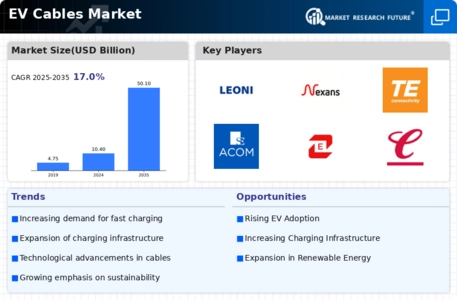
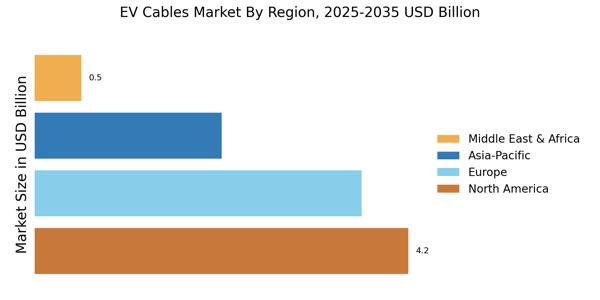

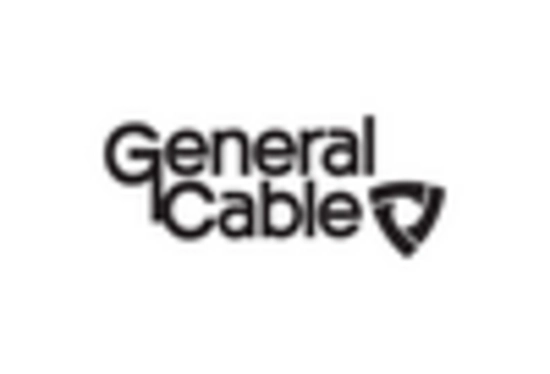
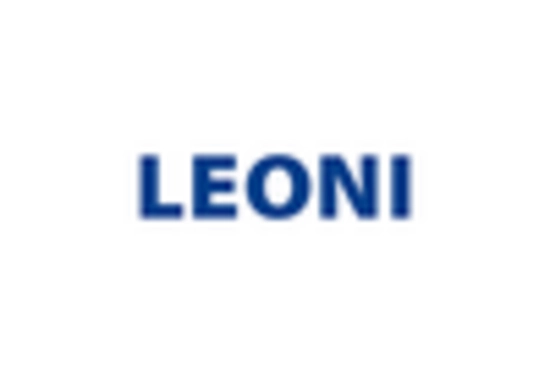
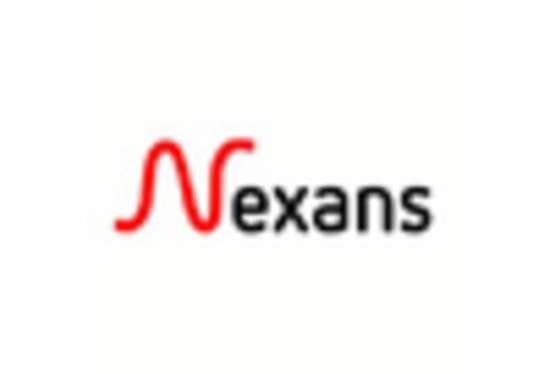
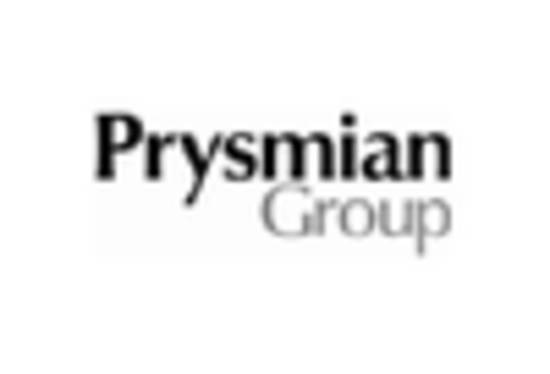
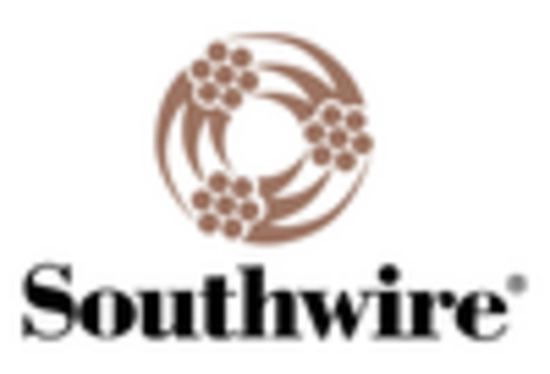








Leave a Comment